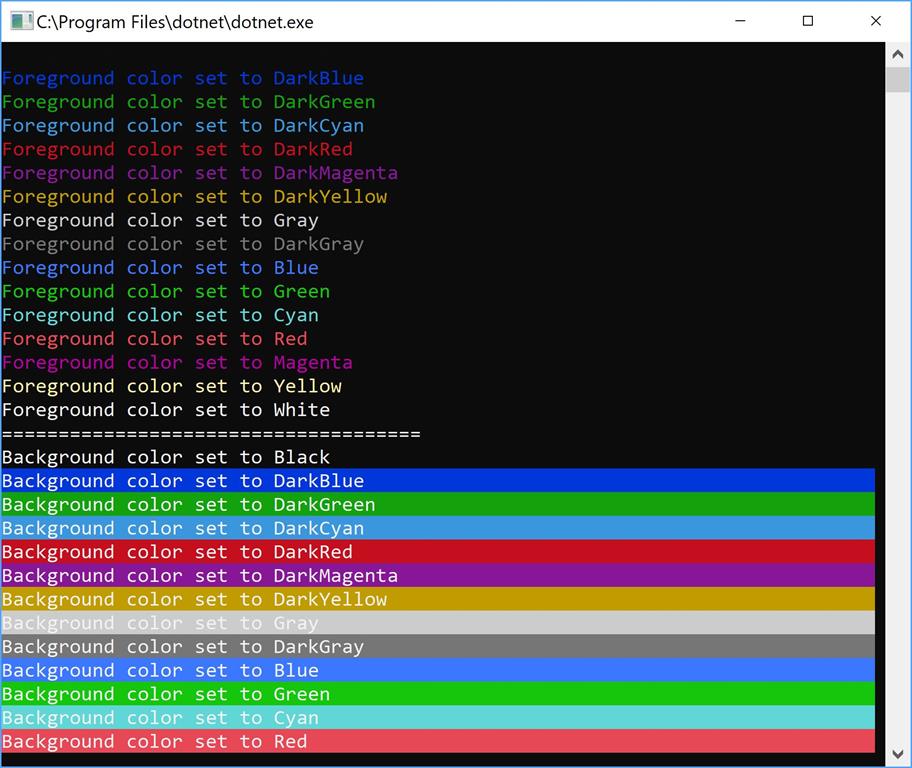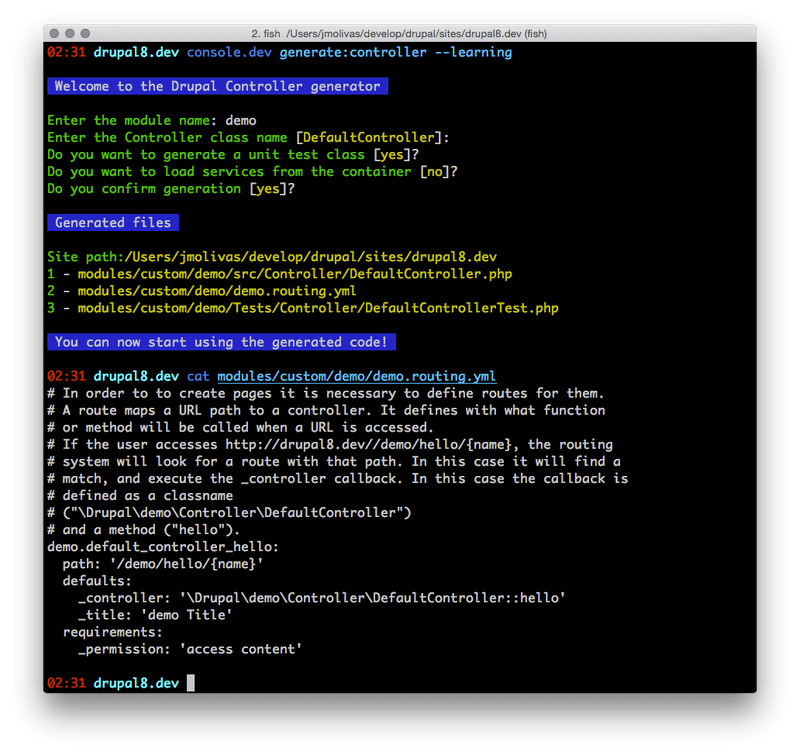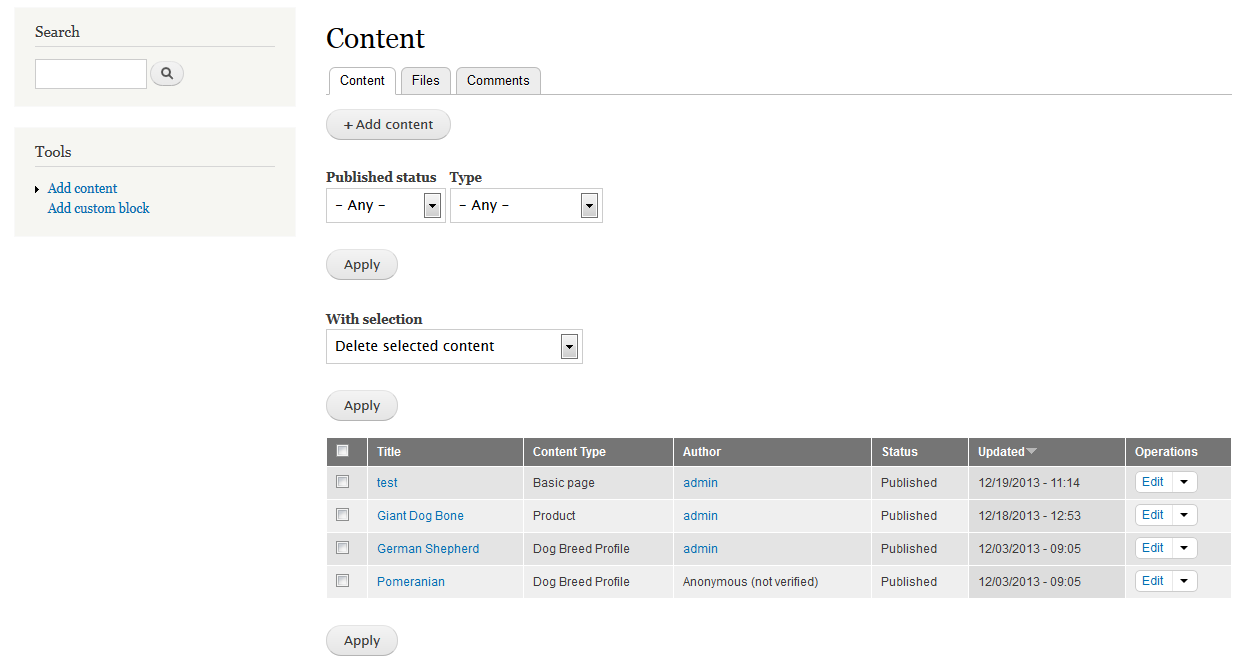

- CHANGE COLOR DRUPAL CONSOLE INSTALL
- CHANGE COLOR DRUPAL CONSOLE CODE
- CHANGE COLOR DRUPAL CONSOLE SERIES
You can add different fields as your requirements. Click on postactions entity -> select bundle as follows.Navigate to Manage -> Structure and Click on “Postactions entity list”.Repeat this process for the remaining bundles of the reading list and likes.Click on “Manage Fields” from the drop-down menu and add fields to the bundle as required.Add a suitable label as follows and click on “save”.Navigate to Manage -> Structure and Click on “Postactions entity type”.Steps to create Bundles and add fields to postactions entity type Goto Extend -> check postactions module-> click installĪfter installation is completed then navigate to structure. Using Drupal Console: $ drupal module:install postactions
CHANGE COLOR DRUPAL CONSOLE INSTALL
For the time being, let’s use the drush or Drupal Console to install the postactions custom entity created module. Various entity features, including menus, paths, and forms may be changed, and constraints and properties can be applied to fields. >setDescription(t('Status of post action entity')) $fields = BaseFieldDefinition::create('boolean')

CHANGE COLOR DRUPAL CONSOLE CODE
Now, to add custom properties to the Postactions entity type, open up the file modules/custom/postactions/src/Entity/PostactionsEntity.php in any IDE or text editor and add the following lines of code under the baseFieldDefinitions method of the class PostactionsEntity.
CHANGE COLOR DRUPAL CONSOLE SERIES
Answer a series of questions generated by the entity generator.Generate custom entity content using Drupal Console by using the following command. Answer a series of questions generated by Drupal Console.Generate module boilerplate using Drupal Console by using the following command $ drupal generate:module Where drupalpractice is a drupal folder. Navigate to the root directory of your Drupal site $ cd /var/www/html/drupalpractice/ Creating custom entities requires some knowledge of object-oriented programming, PHP, and YML is required to be able to add custom functionality to our entities.Ĭonsider an example of a PostActions module with the PostactionsEntity type, properties Title and status, and bundles Follows Readinglist and Likes.

Drupal Console is an easily generated module and entity because it is used to generate most of the boilerplate code. To create custom entities, first, create a module and then add a custom entity to that module. Create a custom entity in Drupal 8/9 using drupal-console Custom entity types enable you to define custom functionality, boost performance and have complete control over the data structure, paths, menus, and storage schema. In Drupal core, for example, the node entity type includes two bundles: Articles and Basic page, and both bundles share several common properties as well as some fields.ĭrupal Core contains many built-in entity types and also allows the creation of custom entity types and bundles. Entities are grouped into Entity Types, which contain subtypes called Bundles to which fields can be attached. Using Entity API, you can simply manage existing entities and create new ones. The Entity API offers a uniform interface for dealing with entities and their properties. Entities in Drupal give an organized means of storing and managing data.


 0 kommentar(er)
0 kommentar(er)
